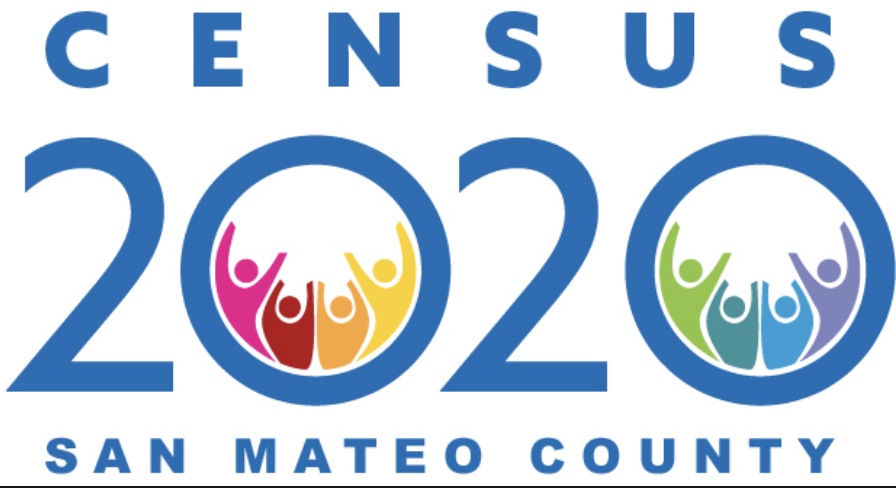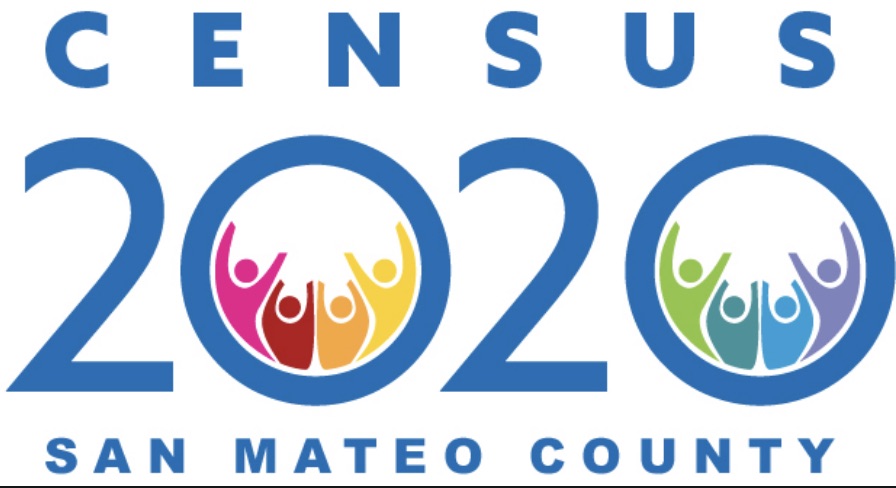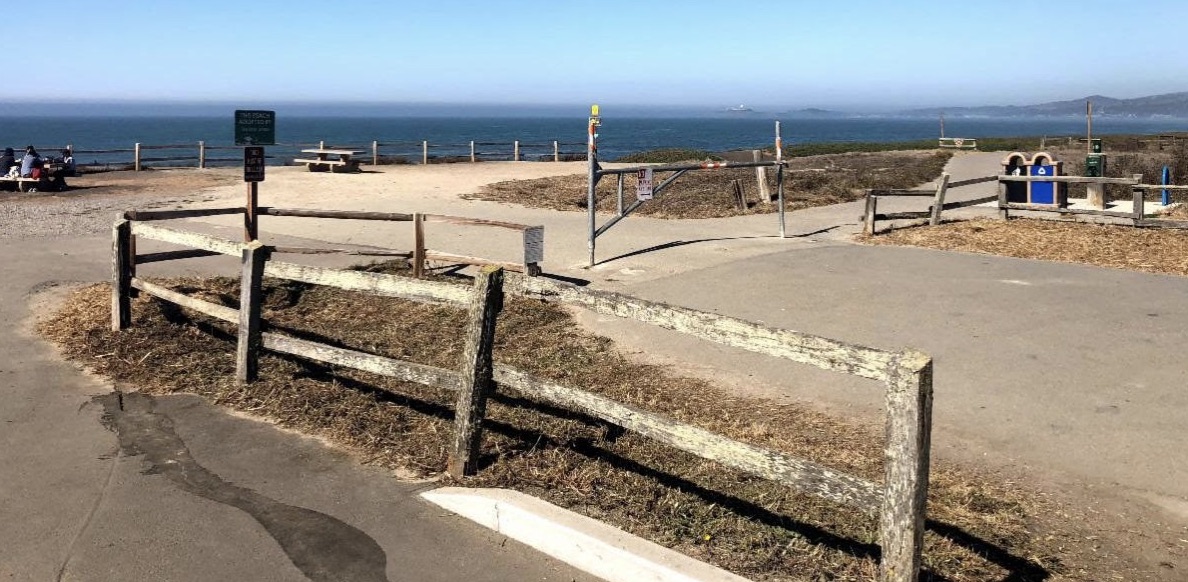|
Getting your Trinity Audio player ready...
|
VIDEO. Census Response Rates as of 5/4/20.
At 67.7% San Mateo County has the highest census response percentage than any county in the state.
City of Half Moon Bay has a 71.2% response rate (it was 63.5% on 4/20/20 – 7.7% increase).
Let’s get it to 100% so we get the most money we can from the Federal Government.
Every 10 years, the federal government is required to count all residents in the United States, citizens and noncitizens alike, through a national census. The next national census is in April 2020. This information gathered is used to make sure everyone is equally represented in our political system and that government resources are allocated fairly.
It is also used to make important decisions about community programs and services, like where to build homes and parks, establish public transit routes, build new roads, and offer language access services.
Everyone is legally required to respond to the U.S. Census. You could be subject to a fine or limited prison term for not responding or providing false answers. However, the U.S. Census Bureau has not historically enforced these penalties.
Tracking California’s Census Response Rate – Who’s Ahead and Who’s Behind? ~ from Voice
Ethnic Media Services reports on the race to the August 14 finish line
Mark Hedin | Contributor
Less than a month after the first invitations to participate in the 2020 census were mailed out, 44.8% of California’s known households have completed the questionnaire, putting the Golden State just slightly behind the country’s 45.1% rate. This despite the fact California has 11 million people considered “hard to count” — the most of any state.
California budgeted $187.3 million for census outreach efforts to get everyone counted. It’s ahead of New York, which also dedicated tens of millions to outreach efforts. Texas, by comparison, made no statewide expenditures.
With counting set to continue into August, California at 41.8% ranks 20th in how many households have filed by Internet. The national rate (2020census.gov/en/response-rates.html#) for Internet responses — the Census Bureau’s preferred response methodology—is currently 39.9%.
But the San Francisco Bay Area leads the way in California’s overall response. Santa Clara, San Mateo, Alameda and Contra Costa counties all have responded above 50% so far. In 2010, those four counties all outdid the state’s 68.2% overall response rate.
San Francisco, both a county and a city, has a 41.9% response rate that’s slightly higher than the city of Fresno’s 41.5% and tops Los Angeles’ 34.4%, but trails Sacramento (45.7%), San Diego (48.8%) and San Jose (51.1%).
Nationwide, most major urban areas are responding below their states’ rates. New York City comes in at 33.9% in a state reporting at 38.3%. Houston’s 37.1% trails Texas’ 39%, Chicago’s 38.6% trails Illinois’ 48.5%, Atlanta’s 39.6% trails Georgia’s 41.5%, and St. Louis, at 36.8%, similarly trails Missouri’s 43.6%.
Major cities also typically are more challenging to enumerate. In California, that’s holding true for San Francisco and Los Angeles; but besides San Diego and San Jose, Oakland and Berkeley, too (both at 49.2%) are also doing better than the state as a whole.
East Palo Alto is out-reporting Beverly Hills, 36.35% to 34.2%, but neither is as strong as San Bernardino, 40.3% or Riverside, 45.5%. All four cities hit above 60% in 2010.
As in 2010, California’s lowest response rates are coming from the counties along the Nevada border. In Sierra County, just west of Reno, only 4.9% have responded so far. In 2010, when only 44.1% of that county’s households responded, it ranked as the state’s second-most underpopulated county. Alpine County had the state’s lowest record 10 years ago, with just a 20.2% response rate. So far this year, it’s at 9.8%.
Trinity, another trouble spot, shows 5% responding, nearly all using the Internet. In Lake County, it’s the reverse — a 27.2% response rate with only 18.5% using the Internet. Within Mendocino’s 31.7% response rate, 25.7% is by Internet.
The Central Valley is another story. In 2010, every county from Sacramento to Riverside reported at rates of at least 63%. So far in 2020, Madera County’s 36.8% is bringing up the rear. Kern County is at 39.3%, King’s at 39.4%, Tulare’s at 39.5%, Merced’s at 39.8%, and San Bernardino, Fresno and Riverside are at 40.4%, 41.6% and 42.2% respectively. Sacramento County is at 48.7%.
But some counties are much more populous than others. Even if Riverside County, the fourth-most populous in the state, ultimately reports at 80%, the number of people still not counted will exceed the entire population of Alpine County to the north.
When it comes to the census’ first-ever use of the Internet as a way to be counted, the Central Valley has so far trended more toward using mail and telephone methods than have other regions of the state. The Internet is still the primary way people respond, but in Sacramento County, 2.1% of households have used other ways. In Riverside and San Bernardino counties, it’s 4.1% and 4.7%, respectively, and 8% or more in Fresno, Kern and Merced counties as well as 10.7% in Tulare also responded using alternatives to the Internet.
The census is not yet reporting on response rates based on ethnicity, but Indian Country, with 100 state-recognized reservations or rancherias in California alone, shows there is much to be done — rates are neither strong nor consistent.
The Table Bluff Rancheria boasts a 31.5% response rate, after totaling 38.2% in 2010, and Trinidad Rancheria, at 17.4%, has almost matched its 2010 tally of 19%. But the Tule River Reservation’s 9.4% response, all Internet, is far below its 48.6% in 2010.
Hoopa Valley is at 3.1%, also all Internet, but the Census Bureau doesn’t report numbers for 2010. Hopland Reservation, at 25.3%, 8.9% via the Internet, hit 37.5% in 2010. Pala’s 3.6% is all Internet, with no data available for 2010.
If yours is a household not yet counted, you can change that by going to: my2020Census.gov or calling (844) 330-2020. Starting in May (subject to changes that may result due to the impact of COVID-19) and continuing through Aug. 14, the Census Bureau will send out enumerators to knock on the doors of households that haven’t responded. The enumerators will visit to get the data that determines, among other things, political representation and up to $1.5 trillion in annual federal spending for more than 300 programs. Visit https://tinyurl.com/Census-directedUSspending to learn more about how federal spending is allocated based on census data.
My Census Experience Was Super Easy!
Have You Done It Yet?
Questions Asked on the Form
-
How many people were living or staying in this house?
… apartment, or mobile home on April 1, 2020?
- Here, you’ll count everyone living and sleeping in your home most of the time, including young children, roommates, and friends and family members who are living with you, even temporarily.
-
Were there any additional people?
… staying here on April 1, 2020, that you did not include in Question 1?
- Mark all that apply: Children, related or unrelated, such as newborn babies, grandchildren, or foster children; relatives, such as adult children, cousins, or in-laws; nonrelatives, such as roommates or live-in babysitters, and people staying here temporarily.
-
Is this house, apartment, or mobile home …
- Owned by you or someone in this household with a mortgage or loan? Include home equity loans. Is it owned by you or someone in this household free and clear (without a mortgage or loan)? Rented? Occupied without payment of rent? See more about answering this question ….
-
What is your telephone number?
-
What is Person 1’s name?
- If there is someone living here who pays the rent or owns the residence, start by listing him or her as Person 1. If the owner or the person who pays the rent does not live here, start by listing any adult living there as Person 1. There will be opportunities to list the names of additional members of your household. See more about answering this question ….
-
What is Person 1’s sex?
Mark ONE box: male or female.
-
What is Person 1’s age and what is Person 1’s date of birth?
Note Person 1’s age as of April 1, 2020. For babies less than 1 year old, do not write the age in months. Write 0 as the age.
-
Is Person 1 of Hispanic, Latino, or Spanish origin?
NOTE: Please answer both Question 8 about Hispanic origin and Question 9 about race. For this census, Hispanic origins are not races. Hispanic origin can be viewed as the heritage, nationality, lineage, or country of birth of the person or the person’s parents or ancestors before arriving in the United States. People who identify as Hispanic, Latino, or Spanish may be any race.
What is Person 1’s race?
Mark one or more boxes AND print origins: White; Black or African American; American Indian or Alaska Native; Chinese; Filipino; Asian Indian; Vietnamese; Korean; Japanese; other Asian; Native Hawaiian; Samoan; Chamorro; other Pacific Islander; some other race. See more about answering this question ….
-
What is Person 1’s race?
Mark one or more boxes AND print origins: White; Black or African American; American Indian or Alaska Native; Chinese; Filipino; Asian Indian; Vietnamese; Korean; Japanese; other Asian; Native Hawaiian; Samoan; Chamorro; other Pacific Islander; some other race. See more about answering this question ….
-
Print name of Person 2
- Here, you will list the next person in your household.
-
Does this person usually live or stay somewhere else?
Mark all that apply: no; yes, for college; yes, for a military assignment; yes, for a job or business; yes, in a nursing home; yes, with a parent or other relative; yes, at a seasonal or second residence; yes, in a jail or prison; yes, for another reason.
-
How is this person related to Person 1?
Mark ONE box; opposite-sex husband/wife/spouse; opposite-sex unmarried partner; same-sex husband/wife/spouse; same-sex unmarried partner; biological son or daughter; adopted son or daughter; stepson or stepdaughter; brother or sister; father or mother; grandchild; parent-in-law; son-in-law or daughter-in-law; other relative; roommate or housemate; foster child; other nonrelative. See more about answering this question …
Sample of Printed Census Questionaire
The Online Census Screenshots
The Setup
Addresss ~ Location, Location, Location
Where do you live?
You Can Always Resume
Gender
Bit of a story here. Only male and female? No non-binary, LGBTQ?
Age
Hispanic, Latino and Spanish speaking people are NOT Considered as a Race
Here Is the Race Question
Hispanic origins are not races.
Question Update ~ Going to People Questions


















